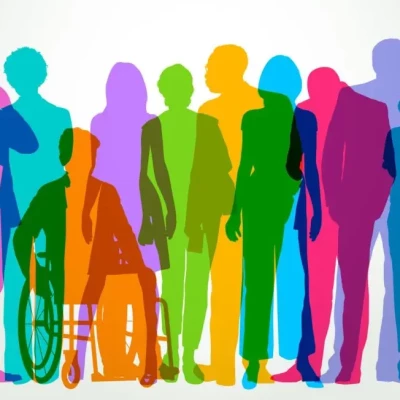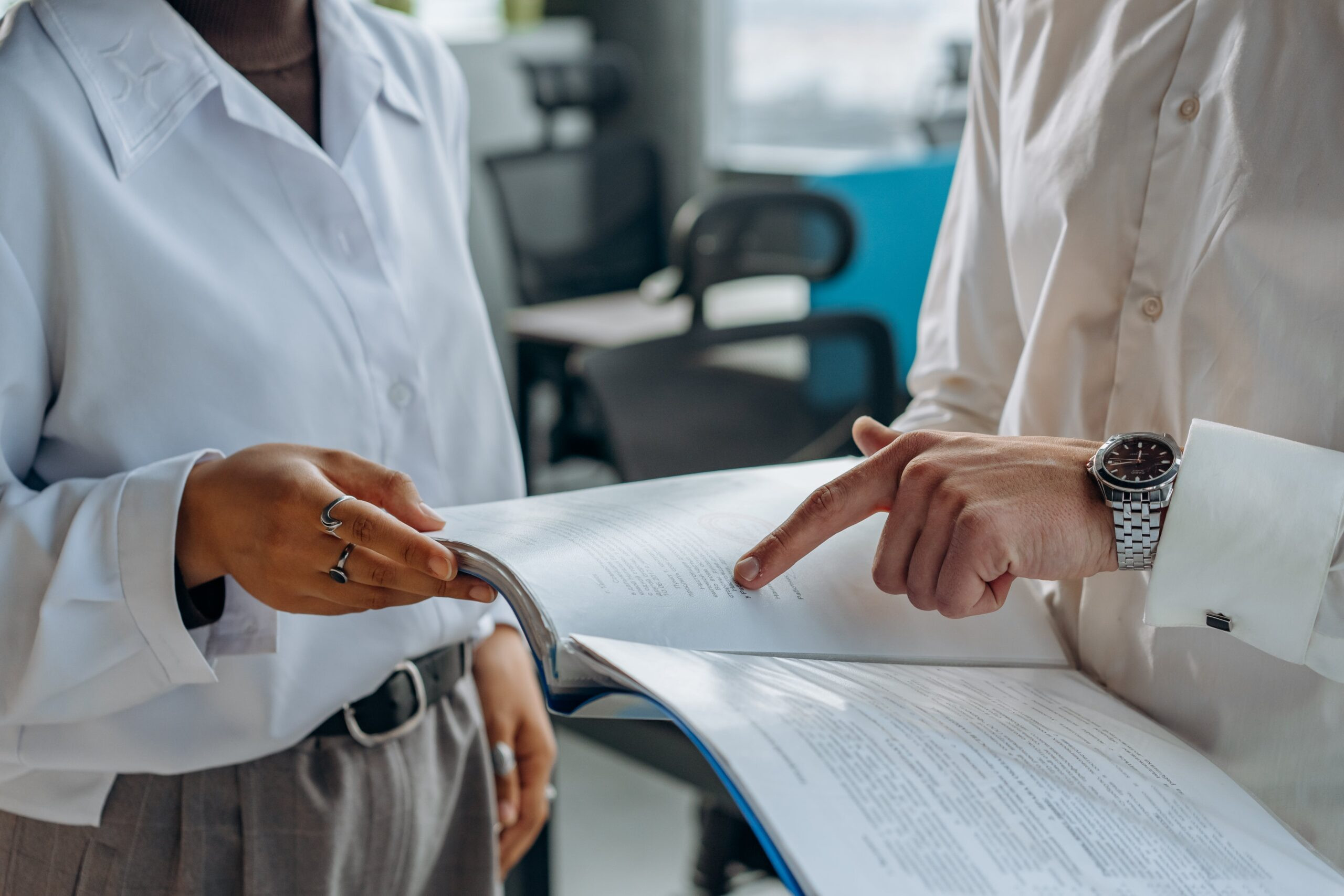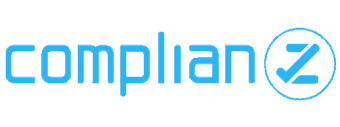Creating an Inclusive Workplace

As the director of human resources, it’s my job to ensure that our workplace culture is open, inclusive, welcoming, and safe. As a boutique health care PR agency, every new hire brings new energy and perspectives to the team and influences the team dynamic. With several new hires joining this summer, I sought to beef up our training programs.
Our culture focuses on leading from a strengths perspective and building each other up, However, to do that, we must continue to challenge our assumptions and beliefs to ensure our words and actions are having the intended effect. SHRM, the Society for Human Resource Management, defines unconscious biases as “occurring when individuals make judgements about people based on gender, race, or other prohibited factors without realizing they are doing it.”
The first step to changing your behavior is becoming aware of these implicit biases that we hold. Awareness alone won’t lead to behavior change, but it is a vital first step that must be followed up with action.
To build awareness and engagement of implicit bias and its impact, I chose an online training program from the Clear Law Institute called “Unconscious Bias, Diversity, and Inclusion Training.” We had the entire team take the online training and then held an informal discussion about the content. I was pleased with the positive feedback and some of the learnings that several team members shared:
- “I think the biggest thing for me was realizing that even though you may try to be as open-minded and “unbiased” as possible, we all have these inescapable biases that are ingrained in us by society. It’s important to acknowledge that we do have those biases and find ways to identify and correct them.”
- “I didn’t realize that by requiring a college degree for an entry level position, we might be missing individuals with valuable work experience, as well as people who are older who may excel at the tasks needed for that particular role.”
- “Besides the fact that we can experience these biases without even realizing it, I think another key learning is that these biases can take many different forms and affect our relationships in various ways, meaning that there is not just one bias or stereotype to fight against or one way to fight it.”
This is a conversation that we will continue to have to make our workplace the best it can be. Next up will be trainings focused on harassment.




